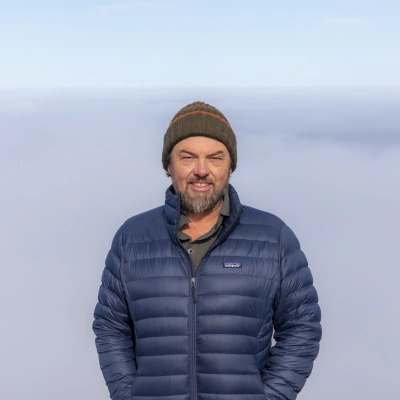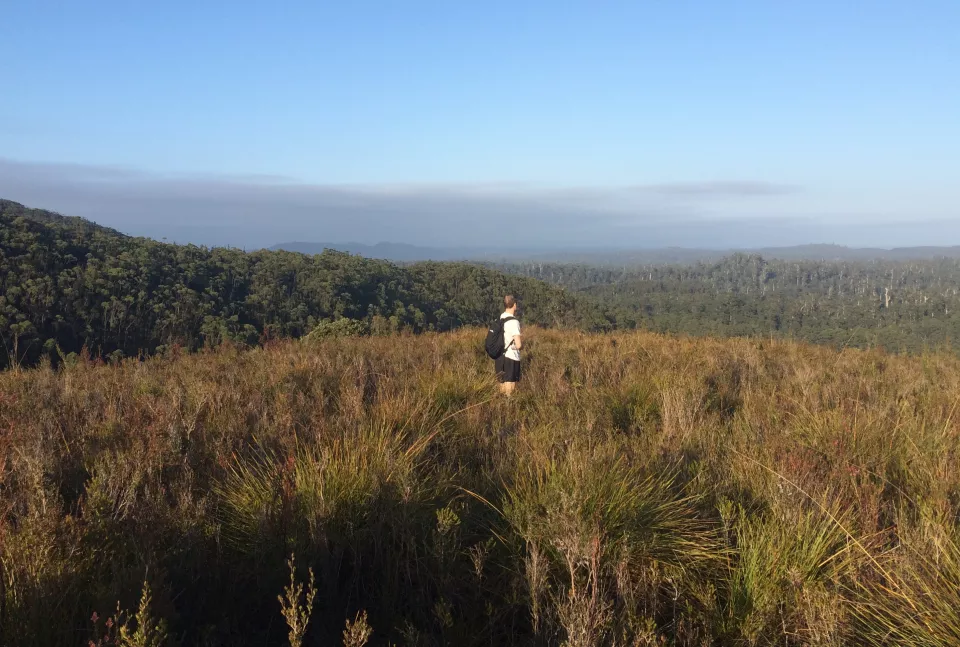How trees talk to each other | Suzanne Simard
"Trees are the foundation of a forest, but a forest is much more than what you see.” - Suzanne Simard
Dr. Suzanne Simard discovered that trees can communicate with each other because their root systems are connected by networks of beneficial fungi. These root and fungal networks are now referred to by scientists as the “wood wide web,” which trees can use to share water and nutrients with neighbour trees of the same species. Her research explains that trees communicate through electrical, visual, and olfactory means.
“When you know that trees experience pain and have memories and that tree parents live together with their children, then you can no longer just chop them down and disrupt their lives with larger machines.” ― Peter Wohlleben, The Hidden Life of Trees.
Further research has shown that trees react to invading pests by releasing defensive compounds through their leaves. These compounds float on the breeze to neighbouring trees who trigger their own defence before disease take hold.
Sinard formed the inspiration for the character, Patricia Westerford, in the novel The Overstory which explores the lives of a number of forest activists, their activities, their motivations and their struggles. The work Sinard has pioneered has inspired more than works of fiction, but a whole new branch of scientific endeavour.
"Nature shows us how to live, love, and grow alongside each other." - Angie Weiland-Crosby

Dan Broun
Kuno Earth Media Centre Manager
"Trees are the foundation of a forest, but a forest is much more than what you see.” - Suzanne Simard
Dr. Suzanne Simard discovered that trees can communicate with each other because their root systems are connected by networks of beneficial fungi. These root and fungal networks are now referred to by scientists as the “wood wide web,” which trees can use to share water and nutrients with neighbour trees of the same species. Her research explains that trees communicate through electrical, visual, and olfactory means.
“When you know that trees experience pain and have memories and that tree parents live together with their children, then you can no longer just chop them down and disrupt their lives with larger machines.” ― Peter Wohlleben, The Hidden Life of Trees.
Further research has shown that trees react to invading pests by releasing defensive compounds through their leaves. These compounds float on the breeze to neighbouring trees who trigger their own defence before disease take hold.
Sinard formed the inspiration for the character, Patricia Westerford, in the novel The Overstory which explores the lives of a number of forest activists, their activities, their motivations and their struggles. The work Sinard has pioneered has inspired more than works of fiction, but a whole new branch of scientific endeavour.
"Nature shows us how to live, love, and grow alongside each other." - Angie Weiland-Crosby
You might like...

Rainbow Lorikeet feeds chick

Nature prescribing good for health: Review

Slow down and Save Wildlife

Gerard Castles on place
Newsletter
Sign up to keep in touch with articles, updates, events or news from Kuno, your platform for nature
